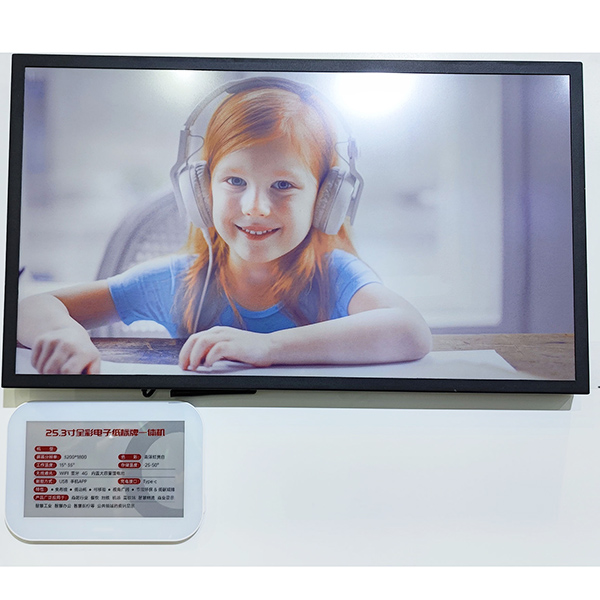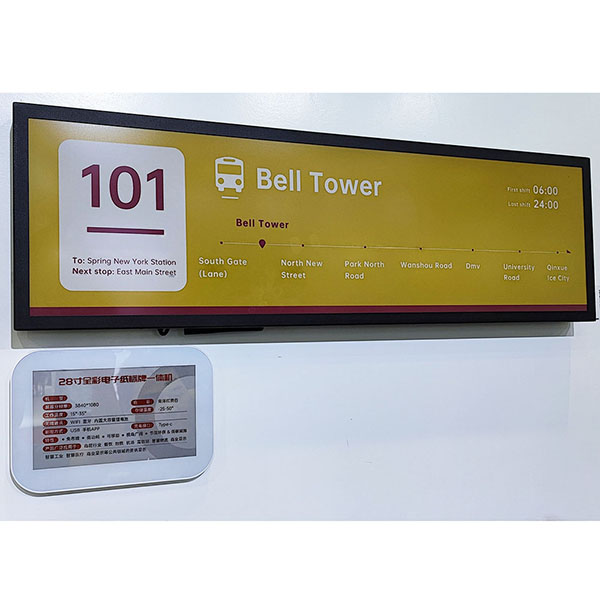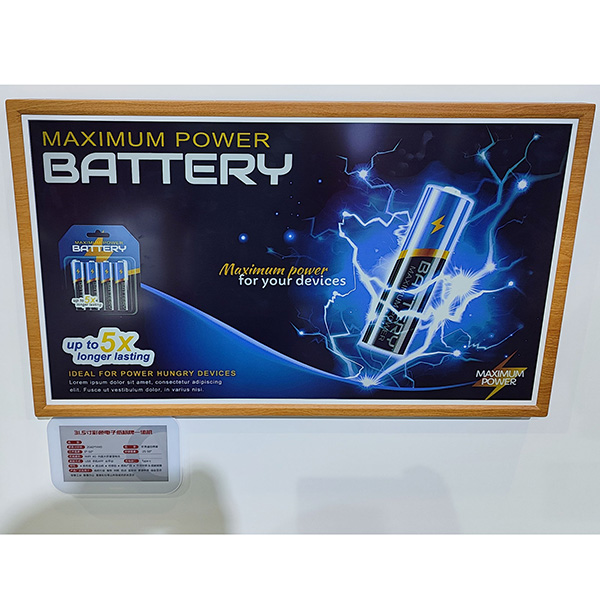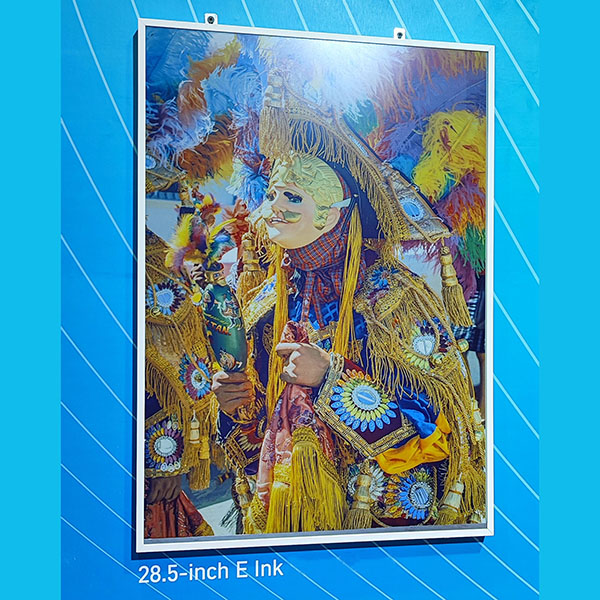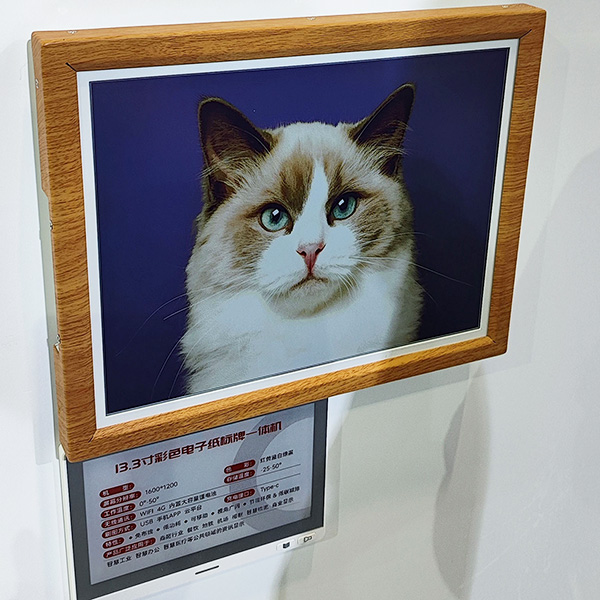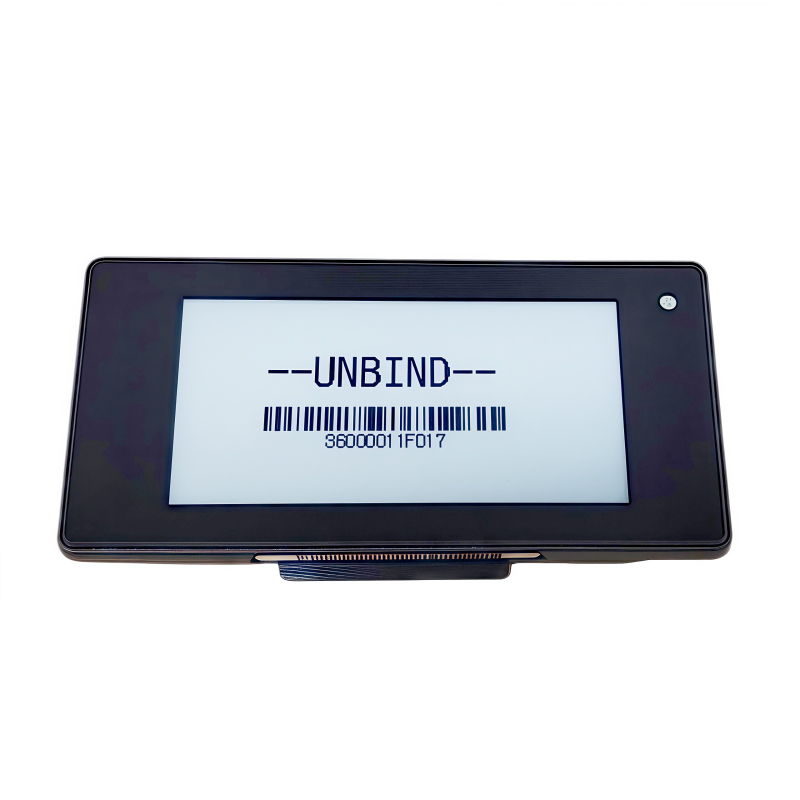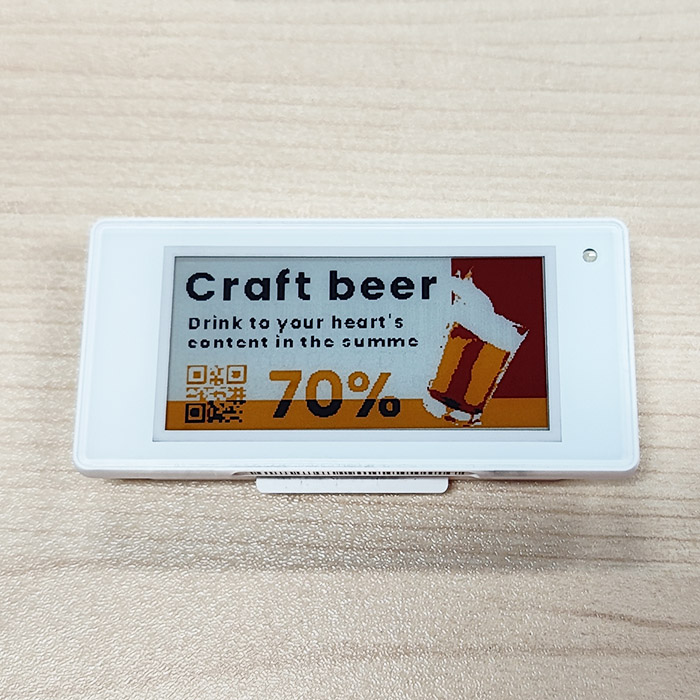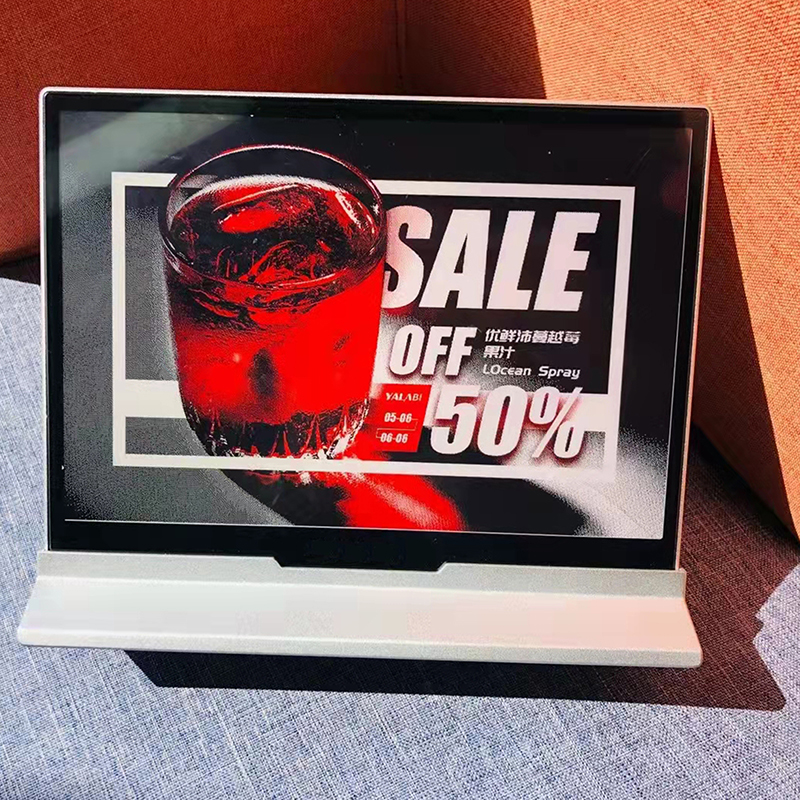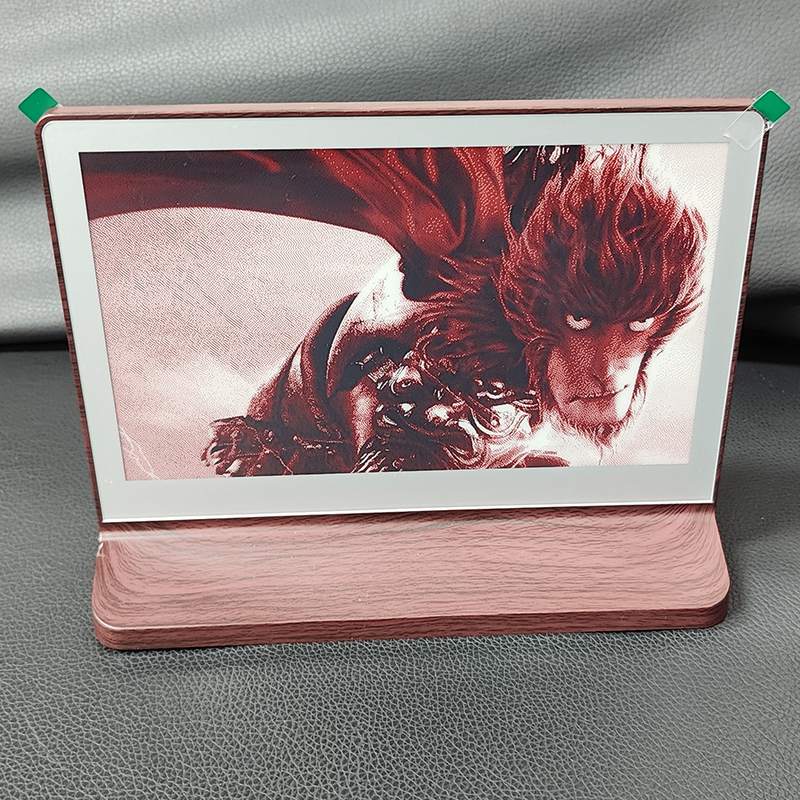Seamless Customer Experiences with AI and IoT
Artificial intelligence is enabling hyper-personalization by analyzing customer behavior and providing tailored product recommendations both online and in-store. IoT devices, such as RFID tags and smart shelves, ensure real-time inventory management, helping retailers offer faster, more reliable service. Integration with voice assistants and AI chatbots will further enhance shopping by allowing customers to interact with brands effortlessly, from adding products to their cart to receiving personalized promotions through voice commands.
Retailers are moving toward omnichannel strategies, where customers have a unified experience across digital and physical spaces. For example, AR-enabled mirrors in stores or virtual product previews online allow customers to interact with products in novel ways, reducing returns and elevating satisfaction.
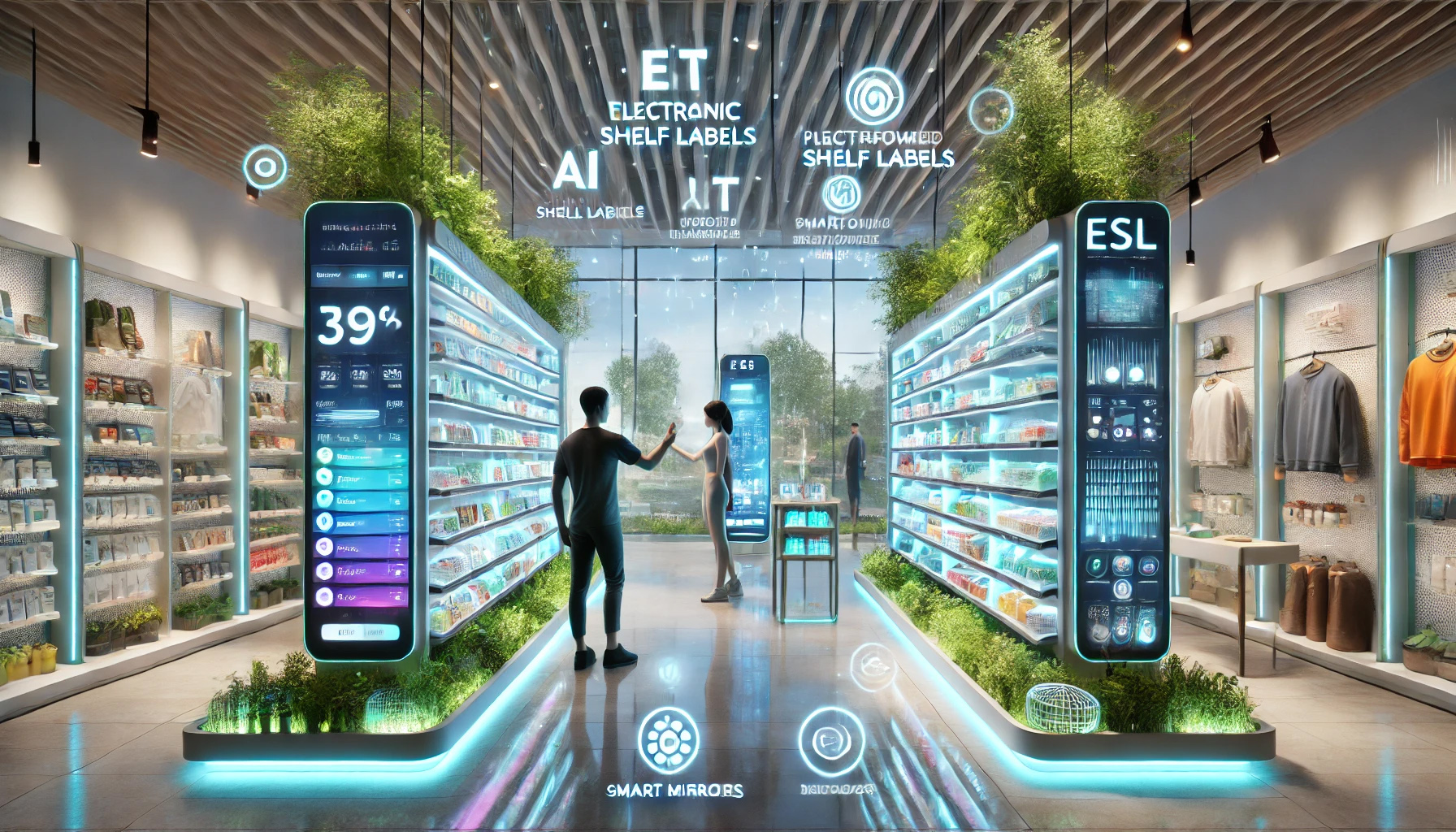
Electronic Shelf Labels (ESL) and Intelligent Automation
The role of ESLs is evolving beyond price tags to become dynamic, data-driven tools. With AI algorithms, these labels can adjust prices in real-time based on factors like competitor pricing, stock levels, or promotional campaigns. IoT integration ensures these updates happen across stores instantly. ESLs, combined with energy-efficient designs (e.g., e-ink and solar-powered solutions), align with retailers' sustainability goals by reducing paper waste and operational overheads.
Sustainability and the Circular Economy
Sustainability has become central to consumer expectations. Retailers are adopting circular economy principles, focusing on reusability and eco-friendly products. Blockchain technology offers transparency across the supply chain, allowing customers to track the environmental impact of products, from sourcing to delivery. As consumers increasingly demand sustainable options, new retail models such as rental services, secondhand markets, and eco-packaging are becoming more popular.
Looking Ahead: A Vision for Retail in 2030 and Beyond
In the coming years, fully automated stores might emerge, blending robotics, AI, and IoT. Imagine stores without cash registers, where smart cameras, sensors, and blockchain-enabled payments handle transactions seamlessly. Virtual reality showrooms could replace physical retail spaces, allowing customers to explore collections from the comfort of their homes. Additionally, smart cities could link retail operations to public infrastructure, offering predictive services like smart lockers or drone deliveries that respond to weather patterns and traffic conditions.
These advancements suggest a future where convenience, personalization, and sustainability are not just aspirations but integral to the retail experience. As AI-powered data insights drive operations, IoT infrastructure enables automation, and customers engage through immersive interfaces, retail will continue to transform into an intelligent, interconnected ecosystem.
By embracing these trends, forward-thinking retailers can position themselves to thrive in an era where innovation is not just a differentiator but a necessity. As the industry evolves, sustainability and digital transformation will remain at the forefront of shaping what retail can become.


